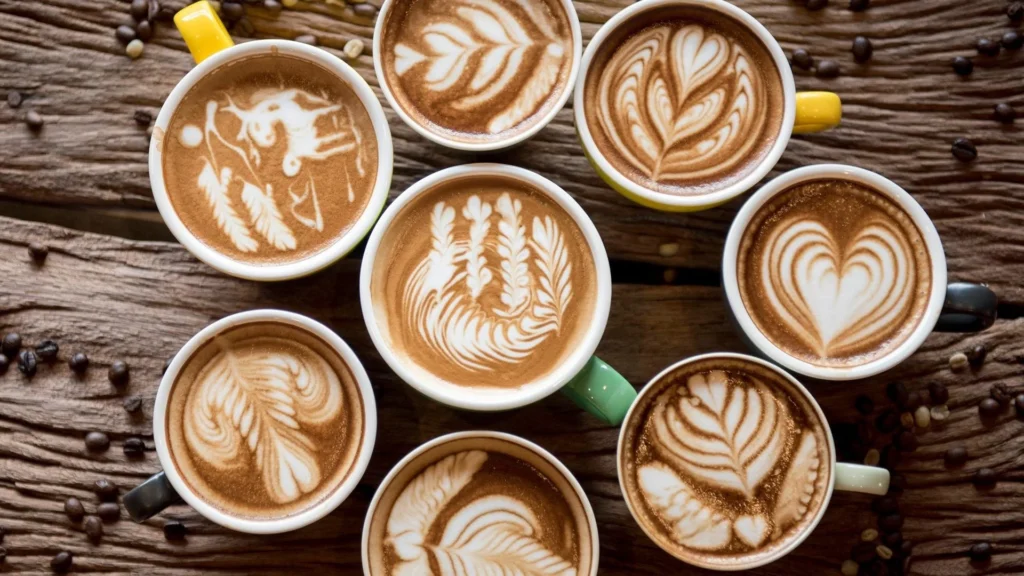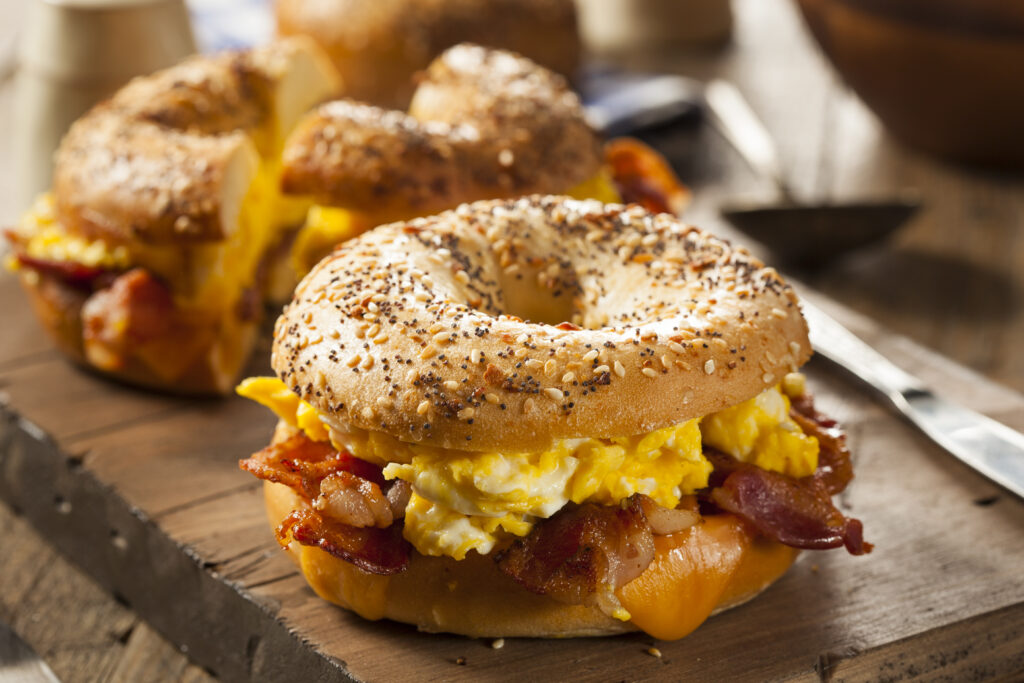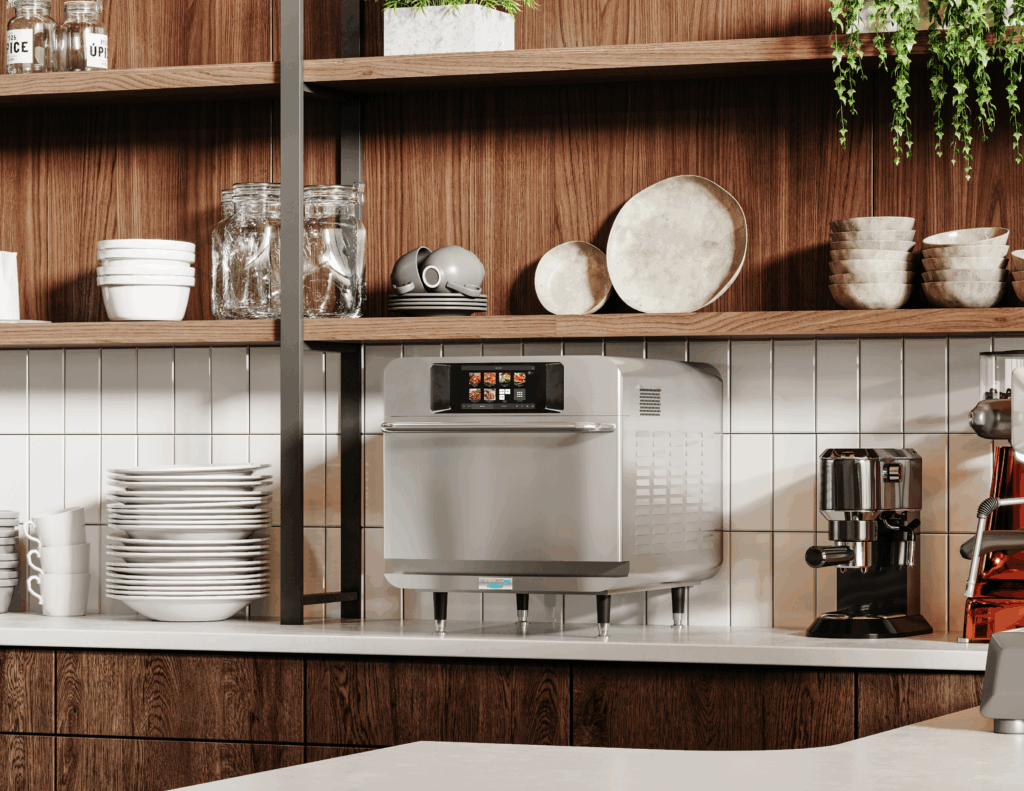Is it the food or is it the coffee? At the end of the day, it is the coffee, because it is called a coffee shop. Coffee is the second most consumed drink in the Western Hemisphere, only behind water. According to the National Coffee Association, sixty-seven percent of adults drink coffee every day. That daily habit is fueling a powerful industry shift.
In 2023, Americans spent nearly eighteen billion dollars on out-of-home cold coffee. That number is more than double what consumers spent in 2016. For perspective, the entire U.S. foodservice equipment market was valued at just eleven billion in 2024. Coffee is not just big business, it is reshaping what consumers expect when they walk into a café. Cold drinks alone now represent about seventy-five percent of Starbucks’ beverage sales, compared to just thirty-seven percent in 2013. Younger coffee drinkers are leading the trend, with nearly half of consumers between eighteen and twenty-four saying they had a cold coffee in the past day.
The evolution is not limited to cold beverages. Starbucks recently introduced protein lattes and protein cold foam across North America. A grande protein latte can deliver up to thirty grams of protein, moving coffee into the functional beverage category and positioning it as both energy and nutrition. That kind of innovation will inevitably influence independent coffee shops, as customers begin to expect functional add-ins like protein and wellness boosters alongside traditional brews.
Coffee shops themselves are multiplying. For every unit a major chain closes, three to five more open. America has learned to appreciate the nuances of coffee, from roasting profiles to estate-grown beans, and the demand for variety shows no signs of slowing down. Cold coffee is gaining more flavors, more formats, and more loyal fans each year. What began as simple chilled brewed coffee has become an entire category that includes steeped cold brew concentrates, specialty milk variations, and customized flavor profiles.
Even as trends shift, the espresso machine remains the centerpiece of every café. A true barista is more than a button pusher. Much like a winemaker, they interpret the roaster’s vision and craft espresso that holds its character even when mixed into a cappuccino, latte, or cold foam creation. The quality of the espresso determines the quality of the entire menu.

The environment matters, too. Coffee shops are intentionally designed as welcoming spaces that balance energy and comfort. That’s why they’re ideal remote work spots. The concept of the café as a “third place” between home and work remains powerful. Customers expect not only high-quality coffee, but also an atmosphere that feels curated, social, and inviting.
Food as a Revenue Multiplier
Food is becoming part of that equation more than ever. Traditional coffeehouses in Venice or Vienna pair espresso with pastries, often croissants. In the United States those croissants are often transformed into simple but satisfying sandwiches. When warmed and toasted in a TurboChef oven, the croissant sandwich reaches perfection with crisp layers and melted fillings, ready in the same time it takes to prepare a latte, sometimes faster. Food and coffee together increase the average ticket and enhance the customer experience. And ventless high-speed ovens give cafés the ability to serve hot food even in spaces never designed for it.

But beyond pastries and breakfast, food can redefine how coffee shops operate throughout the entire day. Afternoon and evening traffic have always been challenging for cafés, but that is where food can be the difference between a slow daypart and a profitable one.
A shop can capture the after-dinner crowd by offering a dessert prepared in a TurboChef oven, such as a warm brownie or slice of pie served with an after-dinner espresso. Not everyone wants to sit at a restaurant for another half hour waiting on coffee and dessert service. And not everyone wants ice cream on the way home. Sometimes, all it takes is a single indulgent dessert and a perfectly pulled espresso to turn a café into the final stop of the night.
The same idea applies to after-school or early evening hours. Instead of losing that business to fast food, coffee shops can win with quick, hot snack wraps, toasted paninis, or warm pastries, freshly made, perfectly portioned, and prepared in minutes.
And for travelers or commuters, food paired with coffee is the ultimate convenience. Whether at a train station, airport, or city center, the best and quickest option is often a coffee shop. With the right menu and equipment, cafés can serve balanced, satisfying meals that meet customers where they are, on the go, and that is a true revenue multiplier.
Coffee culture is expanding and diversifying. Cold beverages and functional coffee are rising with younger consumers. Traditional espresso still anchors the menu. Customers expect curated spaces and thoughtful design. And increasingly they want food that complements their drink. For operators this creates new opportunities, but it also requires tools that make it possible to innovate without slowing down service. That is why so often, where you see an espresso machine, you will also find a TurboChef oven such as a Bullet, Sota i1, or CIBO+.

For coffee shops everywhere the challenge is staying ahead of the trends while keeping operations efficient. From protein lattes to cold brew, from pastries to pressed sandwiches, today’s café has to deliver more than just a cup of coffee. With equipment designed for speed, consistency, and ventless operation, TurboChef helps make that possible.
Sources
National Coffee Association: 2024 National Coffee Data Trends
Technomic via CNBC: Cold coffee grows more popular in the U.S.
Starbucks Newsroom: Starbucks new protein lattes and cold foam drinks
Grand View Research: Foodservice equipment market size report
Rise Coffee Box: Which country drinks the most coffee?



